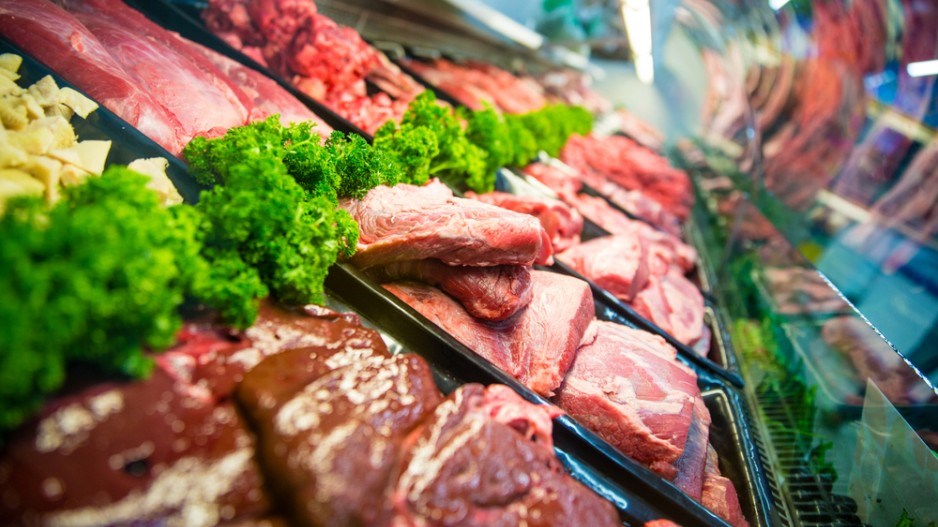Canada’s annual inflation rate reached 1.2% in March, which is up from the 1.0% rate seen in both January and February, according to Statistics Canada.
The price of food in Canada grew 3.8% over the past year. Food from stores cost 4.2% more, with a 11.8% jump in meat prices and a 6.4% increase in the cost of fresh vegetables. Food purchased in restaurants grew 2.8% over the same period.
In British Columbia, prices grew slightly less than they did nationwide, with an increase of 1.0% after climbing 0.8% in February. Low gasoline prices continuing to be the biggest downward contributor to Canada’s inflation rate; in the 12 months to March, gas prices were down 19.2%, which was lower than the 21.8% year-over-year drop in February. The transportation index, which includes gasoline, saw the fifth year-over-year drop in as many months, falling 3.9%.
Prices fell 0.1% in Alberta, driven by a 42.4% plunge in the price of natural gas.
“The year-over-year decline in natural gas prices in March reflected a spike in Alberta's natural gas index in March 2014, when prices rose 49.6% on a monthly basis,” Statistics Canada said in a release.
“In addition to paying less for natural gas on a year-over-year basis in March, consumers in Alberta paid 12.4% less for electricity.”
Removing gasoline from the equation, core inflation was up across the country was 2.2% for the year. This was the same increase as in February.
“Core inflation showed surprising vigour, up a seasonally adjusted 0.4% in March,” RBC Economics’ Nick Exarhos said.
“Core price resilience suggests that the Canadian economy had less slack prior to its deceleration in Q1 than the central bankers believed, a reason why the Bank is likely to sit through a one-year slowing in growth without delivering a further rate cut.”
TD Economics economist Leslie Preston referred to the Bank of Canada’s latest rate announcement and points out that the central bank did upgrade its core inflation forecast, expecting it to remain near 2% over the near future.
“The opposing forces of the pass through of a weaker Canadian dollar to many consumer prices and softer economic growth – which dampens price pressures – are expected to roughly offset each other,” Preston said.“As such, we don't expect today's release will move the Bank of Canada from its current patient monetary policy stance.”
The Canadian dollar was all over the map on the release of this data as it coincided with the announcement of the inflation figures from the United States, with both countries announcing stronger-than-expected CPI readings. The dollar started at 82.19 cents U.S. and spiked as high as 82.63 but as of press time it has settled back under the 82-cent mark at 81.70 cents U.S.
@EmmaHampelBIV



